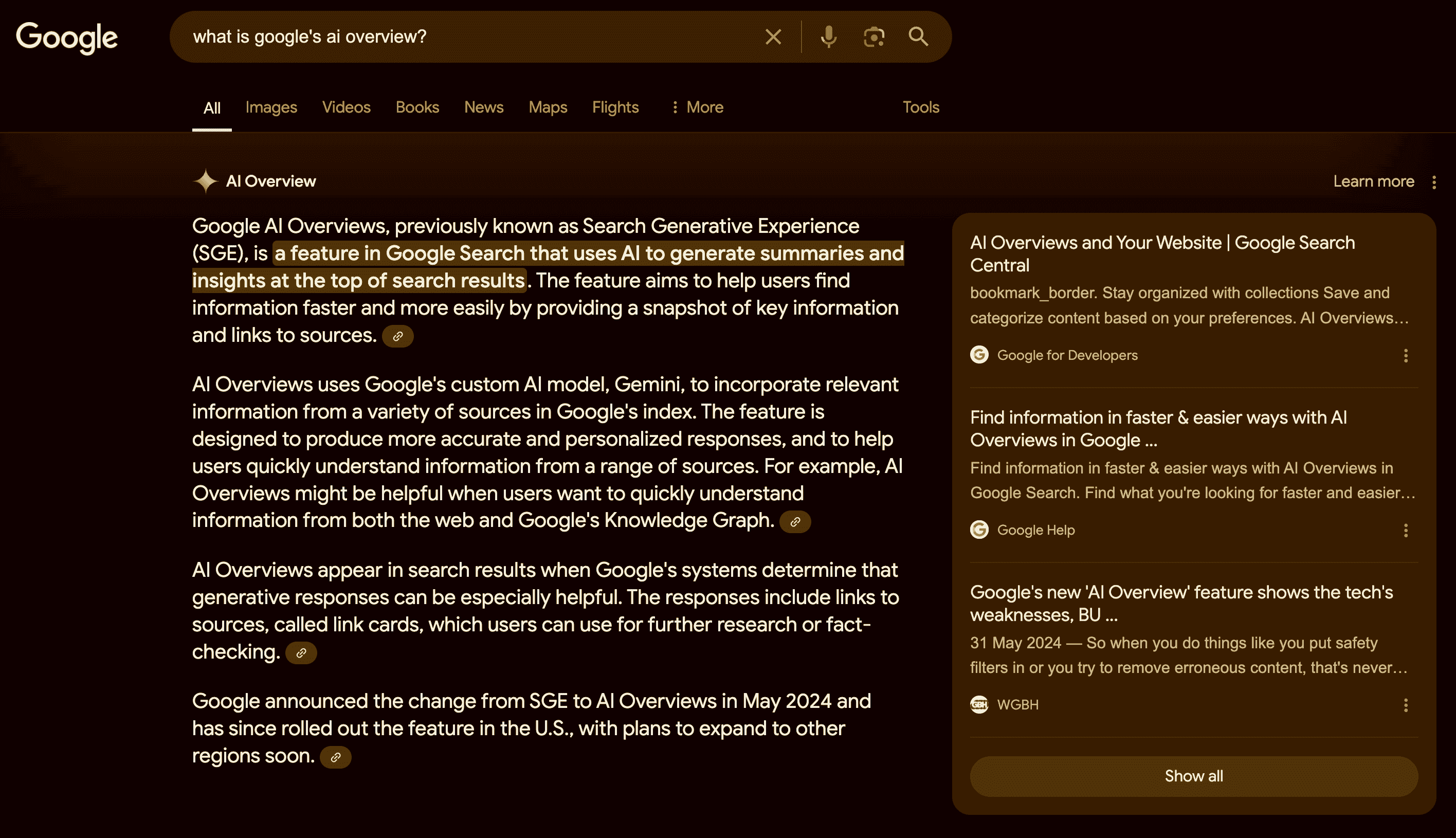Long-Tail Keywords: A Great SEO Tactic
Last updated on Wednesday, December 21, 2022

As a digital marketer well-versed in the basics of SEO, you are fully aware of the vital role that keywords play in boosting your website’s organic visibility.
What you may not know is that targeting long-tail keywords can enhance your ability to attract initiative-taking members of your target audience.
In this post, we will provide some examples of long-tail keywords, show how they can benefit your SEO efforts, and explain how to find the right long-tail keywords to target on your website.
First up, what do we mean by long-tail keywords?
What Are Long-Tail Keywords?
Long-tail keywords are highly specific search queries.
People sometimes assume that the label refers to any search query made up of multiple words.
But it refers to niche keywords with low monthly search volumes (approximately one hundred searches a month or less).
More specifically, the ‘long-tail’ refers to the distribution of low-volume keywords inside the search volume curve. The curve’s short tail (aka the ‘head’) contains a small number of high-volume keywords, while the long tail consists of countless low-volume keywords.

Indeed, most of all searches performed on Google use long-tail keywords. This is not so surprising when you consider that roughly 15% of daily searches have never been seen by Google before.
Examples of Long-Tail Keywords
Here are some examples of long-tail keywords compared with their more generic counterparts.

What Are the Benefits of Using Long-Tail Keywords?
If the traffic potential for individual long-tail keywords is low, why should you care about them?
Here are a few advantages of incorporating long-tail keywords into your SEO strategy.
Long-tail keywords Are Less Competitive
Since long-tail keywords have a low search volume, they are easier to rank for.
A generic keyword is more valuable to more websites than a long-tail keyword. For this reason, the search space for long-tail keywords tends to be far less competitive. Long-tail keywords Have Greater Conversion Potential Google users search for long-tail keywords when they have a clear idea of the type of result they want.
This often means that they are past the ‘awareness’ stage and closer to the ‘consideration’ or ‘purchase-ready’ stage of the buyer’s journey.
For example, suppose you were thinking about buying a new monitor for your personal computer. You might start your research with a generic, high-volume query like ‘PC monitors.’
On the other hand, suppose you were a full-time video game streamer and urgently needed to replace your gaming monitor. You head to Google and search the long-tail keyword ‘4k gaming monitor 240hz 27 inch’.
Long-tail Keywords Are Easier to Satisfy Search Intent
Since long-tail keywords tend to correspond to specific user queries, it is far easier to work out the keyword’s search intent.
You can think of search intent as the specific problem a user tries to solve when conducting a search. For example, if someone searches ‘how to poach an egg in a microwave,’ there is no confusion about the type of result they expect to find.
Conversely, if someone searches for the more generic term ‘egg recipe,’ it may be harder to decipher what they are looking for. For example, they could be looking for tips on preparing scrambled eggs, or they might want ideas for dishes containing eggs, among several other ingredients.
For this reason, generic keywords often lead to a mixed bag of search results, with different results catering to different search intents. So even if you succeed in ranking for them, you may not receive the astronomical traffic you expect.
However, with long-tail keywords, the search intent is clear-cut. You should have no difficulty creating a piece of content that matches exactly what the user is looking for.
Offer Incremental Traffic Gains
Since there is an unlimited supply of long-tail keywords to target within any given niche, you are unlikely to run out of new, relevant content ideas.
And while each new piece of content may not attract huge levels of traffic individually, the cumulative effect of publishing multiple posts allows you to increase your visitor count steadily over time.
Moreover, you can drastically boost your site’s topical authority for a given theme by creating several posts targeting long-tail keywords around that theme.
This is the logic behind so-called ‘content clusters.’ The idea here is to create one piece of pillar content targeting your primary keyword (for example, ‘how to build a shed’) and a range of smaller ‘cluster’ pieces targeting related, long-tail keywords (for example, ‘building a shed roof’). Your pillar piece should link to your cluster pieces, and your cluster pieces should link to each other wherever it makes sense.

How to Identify and Select Long-Tail Keywords
Now that you understand the benefits of targeting long-tail keywords let us look at how you should go about finding the right ones for you to target.
1. Identify Relevant Topics
Before creating a target list of long-tail keywords, you first need to work out what topics you want your content to cover.
If you already have a content marketing program in place, chances are you already have a fairly good idea of the topics that best suit your brand and appeal to your target audience.
But if you need more inspiration, it is worth checking out what similar businesses to yours are talking about. You could also investigate what conversations are happening on the discussion boards and social channels.
2. Collect a Long-Tail Keyword List
The next step is to build out a list of potential keywords by using your topic ideas as ‘seed’ terms.
There are several ways to approach this. The quickest way is to use a keyword discovery tool.
Another effective (though more time-consuming) approach is to use Google itself.
Once you start typing your seed term into the Google search bar, multiple keyword suggestions will appear in a drop-down menu. These suggestions represent real-life queries that Google users have searched around the topic in question.

Also, at the bottom of the results page for your seed term, you will find a list of related search queries.

Rinse and repeat this process for all your seed terms and add as many relevant keywords to your list as possible.
3. Gather Keyword Volume and Difficulty Data
Long-tail keywords drive less traffic but are easier to rank for than generic terms. But not all long-tail keywords are created equal. You still want to prioritize those with the best potential for high traffic and rankings.
For this, you need to estimate the average search volume and ranking difficulty for all the keywords in your list.
(Note: Ranking difficulty is estimated by measuring the average domain authority of the websites that currently rank highly for a given keyword. The higher the domain authority, the harder it is to break into the top results.)
Once you have collected all the necessary data for your keyword list, you will be able to work out which long-tail terms you should target first.
Why You Cannot Ignore Long-Tail Keywords
As we saw earlier, long-tail keywords make up the lion’s share of all searches conducted in search engines.
Moreover, they are much easier to rank for than generic keywords, attract more conversion-ready visitors, and provide a constant conveyor belt of new ideas for your content marketing team to work with.
If you are not yet incorporating long-tail keywords into your SEO strategy, you are leaving a great deal of traffic, leads, and revenue on the table.
The good news is that the lack of competition around long-tail keywords means that even low-authority domains can expect to achieve good rankings once they commit to targeting them.
Final Thoughts
Targeting long-tail keywords is a powerful but often underutilized tactic for improving a website’s organic search presence and attracting highly qualified visitors.
Use the tips outlined above to start taking advantage of this tactic today.
But remember that once you start optimizing your pages for long-tail keywords, you will need to track their rankings over time.
Start increasing organic traffic with AccuRanker today.

Article by:
Bo Ekkelund
Chief Marketing Officer at AccuRanker
As the Chief Marketing Officer at AccuRanker, Bo is responsible for all aspects of AccuRanker’s marketing - including outlining and implementing the company’s worldwide marketing strategy and branding. A marketing senior with more than 20 years of software marketing experience, Bo has both firsthand and strategic experience with all major marketing tactics and technologies.




